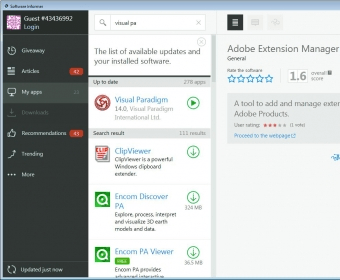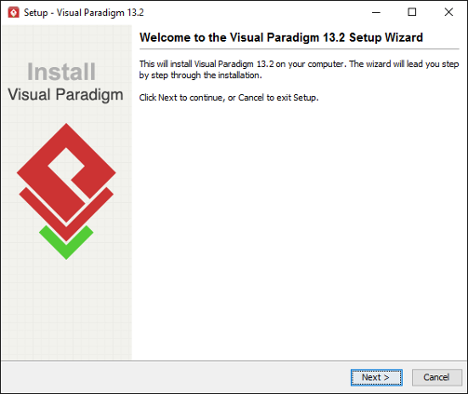
Finally, the data members on the back of the card become the attributes of the class. All collaborators indicate that an association between the two classes must be drawn (and the class will need to have an instance of the collaborating classes). The responsibilities on the card become the method of the class. In your class diagram, you create a class for each card that was used. Then, essentially, these index cards become your class diagram.

These could also be used to form object interaction diagram. Responsibility-driven modelling can be done using CRC cards. The class should be a singular noun, does not really have the same functionality as some other class, and is not a primitive type.

To identify the name of the classes, we look for the nouns in the requirements document.
VISUAL PARADIGM 10.1 SOFTWARE
This wiki article will discuss about CRC cards, how they are made and a few software tools that are used to implement CRC cards.ĬRC Cards are the Class Responsibility Collaboration Cards which are used to interactively brainstorm an initial design of a program or a program segment. Wilkinson, "Using CRC Cards: An Informal Approach to Object-Oriented Development", ISBN 0-13-374679-8 The intention was to come up the essential units of abstraction for the object-oriented approach analogous to the notions of processes, data flows, and data stores for procedural designs.


Beck, Kent Cunningham, Ward (October 1989), "A laboratory for teaching object oriented thinking", ACM SIGPLAN Notices (New York, NY, USA: ACM) 24 (10): 1–6, doi:10.1145/74878.74879, ISBN 0-89791-333-7 Cunningham arrived at classes, responsibilities and collaborators as the essential dimensions of an object oriented model.Nancy M. CRC Cards were invented by Kent Back and Ward Cunningham in 1989 as an approach for teaching object-oriented design. CRC Cards are the Class Responsibility Collaboration Cards which is a useful way to document collaborative design decisions.


 0 kommentar(er)
0 kommentar(er)
